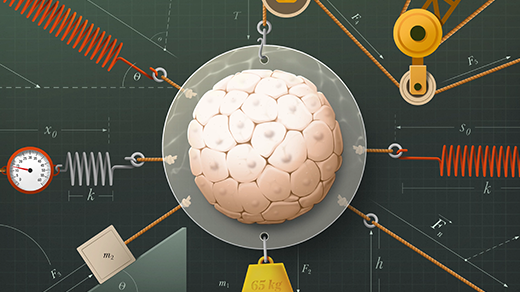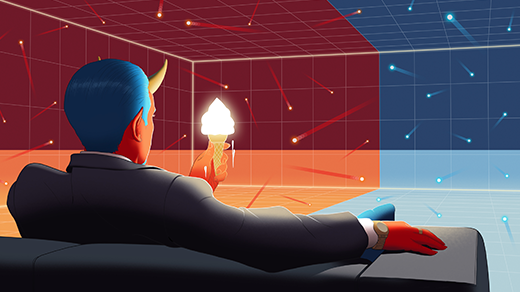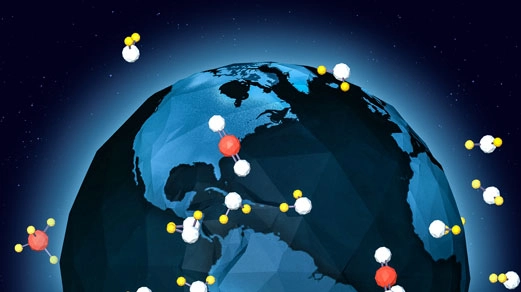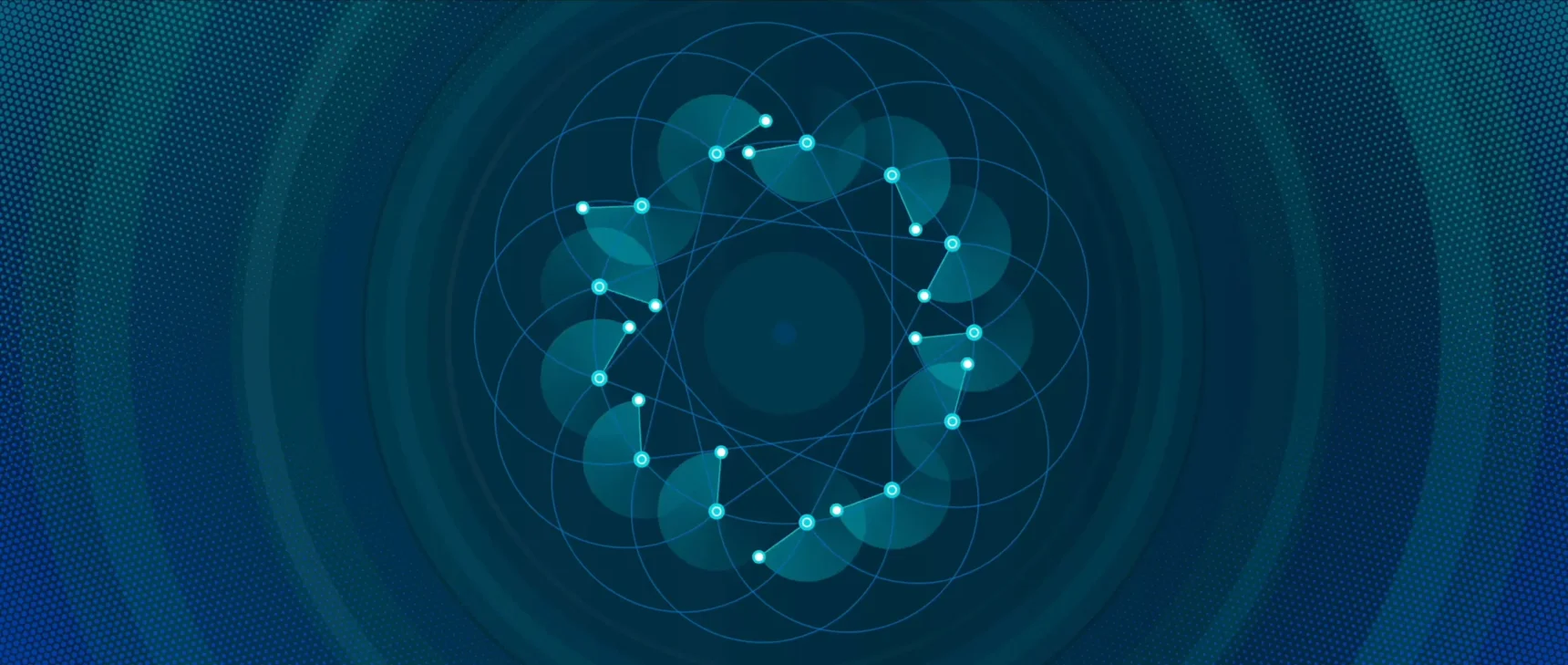How (Nearly) Nothing Might Solve Cosmology’s Biggest Questions
Introduction
Like a bright city in the middle of a barren desert, our galactic neighborhood is enveloped by a cosmic void — an enormous, almost unfathomably empty pocket of space. Recently, sky surveys have spotted thousands more of these vacant bubbles. Now, researchers have found a way to pull information out of these cosmic voids: By counting how many of them exist in a volume of space, scientists have devised a new way to explore two of the thorniest questions in cosmology.
“It’s the very first time that we have used void numbers to extract cosmological information,” said Alice Pisani, a cosmologist at Princeton University and the Flatiron Institute and an author of a new preprint describing the work. “If we want to push the boundaries of science, we need to go beyond what has already been done.”
Researchers have been looking for new tools in part because they have some big mysteries to solve. The first, and most perplexing, is the rate at which the universe expands, a value known as the Hubble constant. For more than a decade, scientists have struggled to reconcile conflicting measurements of this rate, with some even calling the issue the biggest crisis in cosmology.
In addition, researchers have conflicting measurements of the clumpiness of cosmic matter —the average density of large-scale structures, dark matter, galaxies, gas and voids distributed throughout the universe as a function of time.
Typically, astronomers measure those values in two complementary ways. Curiously, these two methods produce different values for both the Hubble constant and the so-called matter clustering strength.
In their new approach, Pisani and her colleagues use cosmic voids to estimate both values. And their early results, which seem to agree much more closely with one of the traditional methods than the other, are now contributing their own complexities to an already fraught disagreement.
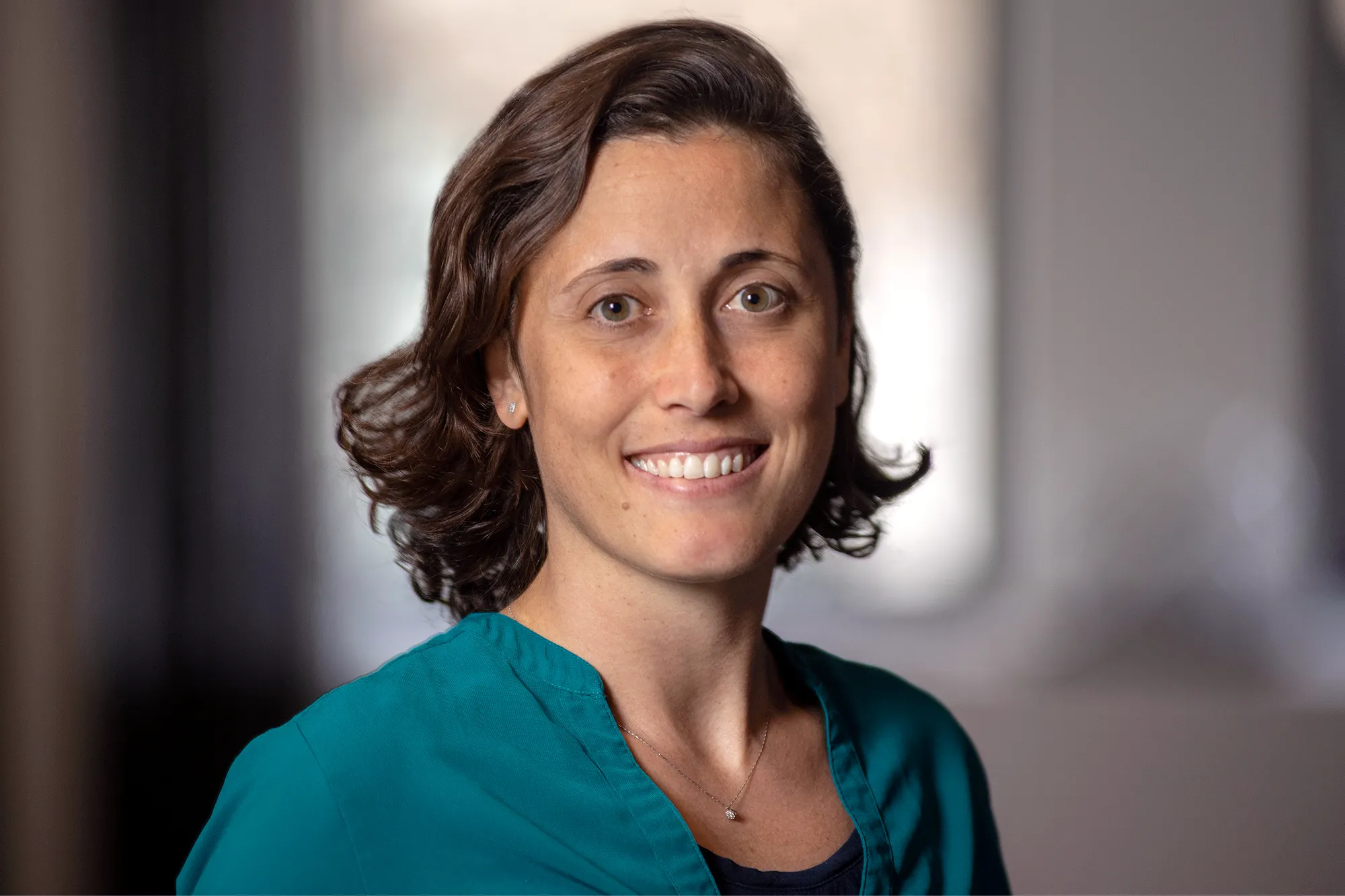
Alice Pisani, a cosmologist at Princeton University, is hoping that cosmic voids will solve some of cosmology’s most abiding mysteries.
Courtesy of Alice Pisani
“The Hubble tension has lasted a decade so far because it is a hard problem,” said Adam Riess, an astronomer at Johns Hopkins University who uses supernovas to estimate the Hubble constant. “The obvious issues have been checked and the data has improved, so the dilemma deepens.”
Now, the hope is that studying nearly nothing could lead to something big.
Building Bubbles
Voids are regions of space that are less dense than the universe, on average. Their boundaries are defined by the immense sheets and filaments of galaxies that are woven throughout the cosmos. Some voids span hundreds of millions of light-years, and together, these bubbles make up at least 80% of the universe’s volume. For a long time, though, no one paid much attention to them. “I began my research in 2011 with around 200 voids,” Pisani said. “But now we have roughly 6,000.”
The bubbles have a tendency to expand because inside them, there isn’t much matter to exert an inward gravitational pull. The stuff outside them tends to stay away. And any galaxies that start inside a void get tugged outward by the gravitational pull of the structures defining a void’s edge. Because of this, in a void “very little happens,” Pisani said. “There are no mergers, no complicated astrophysics. This makes them very easy to deal with.”
But each void’s shape is different, which can make it tricky for scientists to identify them. “We want to make sure our voids are robust,” Pisani said. “How empty does it have to be, and how do I measure it?”
It turns out that the definition of “nothing” depends on the type of information astronomers want to extract. Pisani and colleagues started with a mathematical tool called a Voronoi diagram, which identifies the shapes that make up a 3D mosaic. These diagrams are typically used to study things like bubbles in foams and cells in biological tissues.
In the current work, Pisani and her colleagues tailored their Voronoi tessellations to identify about 6,000 voids in the data from an enormous galactic mapping project called the Baryon Oscillation Spectroscopic Survey (BOSS).
“Voids are complementary to the catalog of galaxies,” said Benjamin Wandelt, an astrophysicist at Sorbonne University in Paris who was not involved in the study. “They are a new way to probe cosmic structure.”
Once Pisani and colleagues had their map of voids, they set out to see what it could reveal about the expanding universe.
Something From Nothing
Every cosmic void is a window on a great cosmic conflict. On one side, there’s dark energy, the mysterious force that causes our universe to expand ever more quickly. Dark energy is present even in empty space, so it dominates the physics of the void. On the other side of the conflict there’s gravity, which attempts to pull the void together. And then matter’s clumpiness adds wrinkles to the voids.
Pisani and her colleagues, including Sofia Contarini of the University of Bologna, modeled how the expansion of the universe would affect the number of voids of different sizes. In their model, which kept a handful of other cosmological parameters constant, a slower expansion rate produced a higher density of smaller, more crumpled voids. On the other hand, if expansion was faster and matter didn’t clump as readily, they expected to find more large, smooth voids.
The group then compared their model predictions with observations from the BOSS survey. From this, they were able to estimate both clumpiness and the Hubble constant.
They then juxtaposed their measurements with the two traditional ways to measure these values. The first method uses a type of cosmic explosion called a Type Ia supernova. The second relies on the cosmic microwave background (CMB), the radiation left over from the Big Bang.
The void data revealed a Hubble constant that varied by less than 1% from the CMB’s estimate. The result for clumpiness was more muddled, but it also aligned more closely with the CMB than with Type Ia supernovas.
Perplexingly, the voids in the BOSS survey lie closer in space and time to more recent Type Ia supernovas — making it a bit surprising that the void measurements align more closely with the primordial CMB. Wandelt, though, suggested that the results might reveal a new understanding about the universe.
“There is one deep insight that makes my hair stand up,” he said. Inside voids, structures never formed and evolved, so voids “are time capsules of the early universe.”
In other words, if the physics of the early universe was different from the physics of the present day, the voids may have preserved it.
The Future of Absence
Others think it’s too soon to draw any conclusions from the new results.
Even with thousands of voids, the study’s error bars are still too large to say anything conclusive. “This analysis is extremely well done,” said Ruth Durrer, a theoretical physicist at the University of Geneva who did not take part in the research. But, Durrer noted, the results haven’t reached statistical significance — yet. “If Alice wants to be in the club of amazingly good Hubble constant measurements, she has to get to the 1% limit, which is a huge challenge,” Durrer said.
Pisani said she considers the work to be a proof of concept. It will likely take another decade — and the help of future missions such as NASA’s Nancy Grace Roman Space Telescope and SPHEREx Observatory — to accumulate enough void data to be on a par with the conflicting CMB and Type Ia supernova measurements.
Durrer also points out that maybe these arguments — the attempts to reconcile cosmic tensions — are all much ado about nothing, and that the observational disagreements could be pointing to a reality that scientists shouldn’t be trying to erase.
“The supernova and CMB groups are doing measurements that are very, very different,” she said. “So there may be new physics that explains why we shouldn’t be seeing the same thing.”
Editor’s note: Alice Pisani receives funding from the Simons Foundation, which also funds this editorially independent magazine. Simons Foundation funding decisions have no influence on our coverage. More details are available here.
